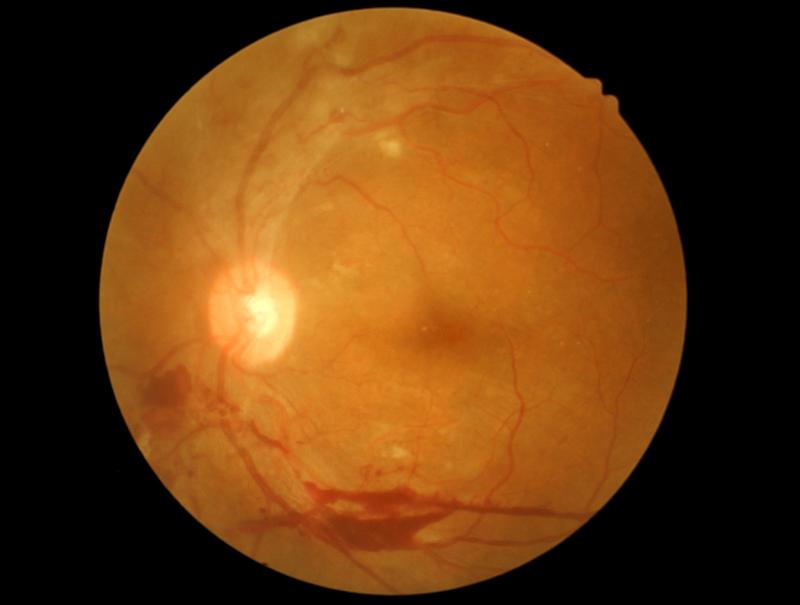
Several factors are associated with 2-year outcomes in central (CRVO) vs branch retinal vein occlusion (BRVO) treated with ranibizumab, which suggest differences in pathophysiology, reports a study.
In BRVO patients, good baseline best-corrected visual acuity (BCVA; odds ratio [OR], 1.53, 95 percent confidence interval [CI], 1.30–1.79), male sex (OR, 2.48, 95 percent CI, 1.20–5.13) and normal haematocrit (low vs normal: OR, 0.26, 95 percent CI, 0.12–0.59) were associated with BCVA ≥20/40.
High central foveal thickness (OR, 1.03, 95 percent CI, 1.01–1.04) and normal haematocrit (low vs normal: OR, 0.31, 95 percent CI, 0.15–0.66) were predictors of BCVA improvement ≥15 letters, while extensive baseline subretinal fluid modestly predicted central subfield thickness (CST) ≤250 μm (OR, 1.08, 95 percent CI, 1.00–1.16).
In CRVO patients, good baseline BCVA (OR, 1.59, 95 percent CI, 1.35–1.89), never smoking (OR, 2.80, 95 percent CI, 1.27–6.17) and young age (OR, 0.58, 95 percent CI, 0.41–0.82) correlated with BCVA ≥20/40.
The predictors of BCVA improvement ≥15 letters were never smoking (OR, 2.13, 95 percent CI, 1.03–4.39), young age (OR, 0.41, 95 percent CI, 0.28–0.59), poor baseline BCVA (OR, 0.82, 95 percent CI, 0.73–0.93), hypertension (OR, 4.47, 95 percent CI, 1.70–11.75) and low diastolic ocular perfusion pressure (OPP) throughout the study (OR, 0.39, 95 percent CI, 0.21–0.72).
CST ≤250 μm was predicted by young age (OR, 0.65, 95 percent CI, 0.47–0.90), lower mean haematocrit (low vs normal: OR, 2.81, 95 percent CI, 1.06–7.49), high systolic OPP throughout the study (OR, 1.61, 95 percent CI, 1.14–2.27), large areas of central haemorrhage (OR, 1.44, 95 percent CI, 1.04–2.00) and no subretinal fluid (OR, 2.15, 95 percent CI, 1.06–4.40).
“Young age, never smoking, haemodilution, and hypertension/high systolic perfusion pressure are more beneficial in CRVO, suggesting that avoidance of sluggish blood flow and maintenance of perfusion may be particularly important in CRVO,” the authors said.
This posthoc analysis from two multicentre clinical trials included 205 patients with BRVO and 181 with CRVO who completed month 12 of the HORIZON extension trial. Using logistic regression, covariates with a p-value <0.20 from univariate analysis were included in multivariate models to identify independent factors associated with a given outcome (at p<0.05), with preset variable of disease duration and original treatment assignment.